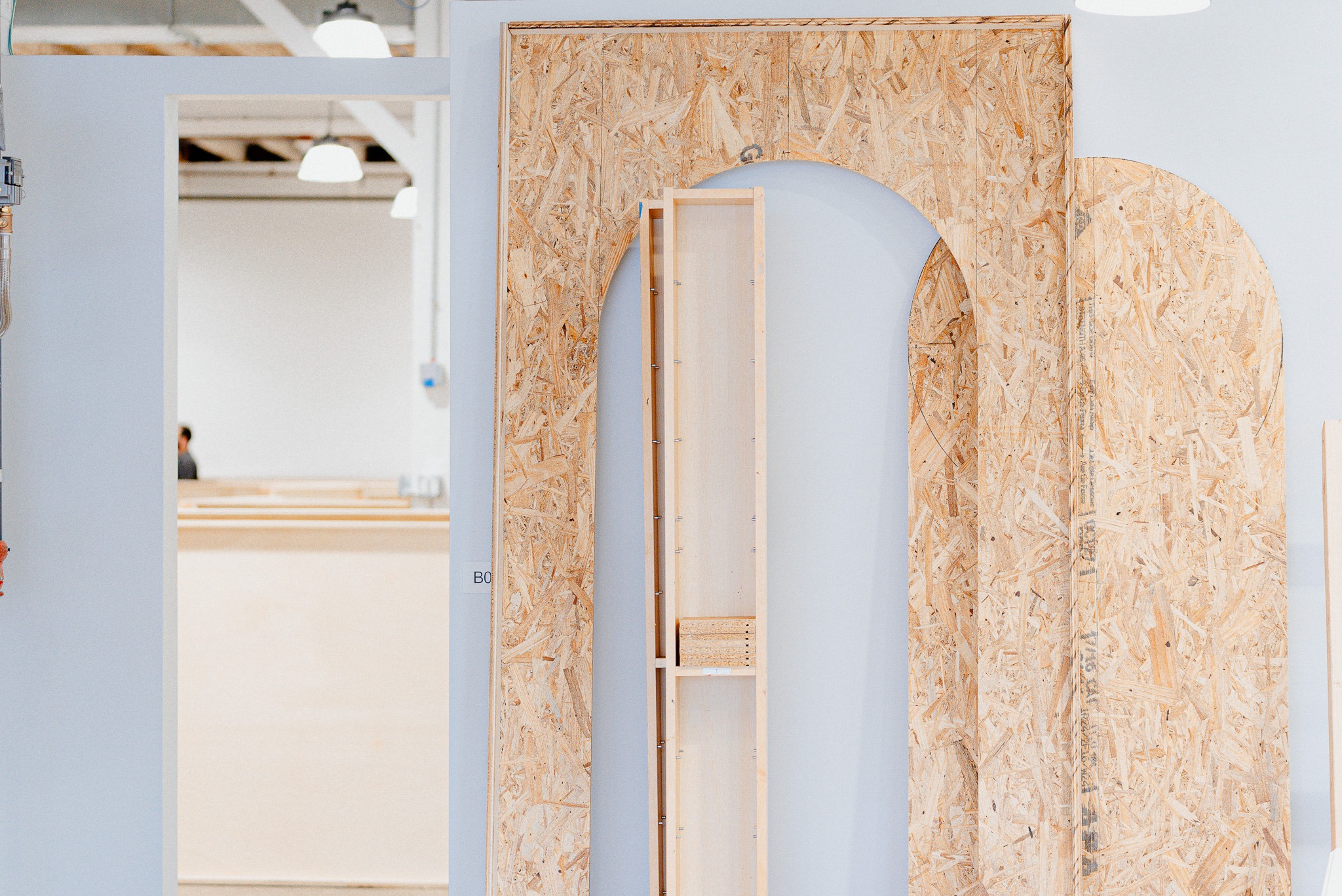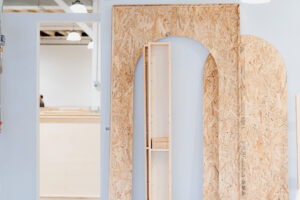
The Social Value of Installation Art
Introduction
The social value of installation art marks a significant new departure in debates about art. It departs from the approach which is disturbingly becoming pervasive in the Western academy that art can be understood, and therefore adequately assessed, through a narrow focus on verbal language. In dismissing the possibility of any unique visual mode of cognition and experience, this approach simply forgets or ignores much great art of the past or present, as well as asking modern artists to deny a large part of their experience as artists. The book presents an analysis of the meaning and value of a certain contemporary mode of art practice: installation art. Installation is a significant practice in the domain of contemporary visual art. Although often associated with artifacts of minimalist or conceptual art, it has in fact ancient origins as a mode of total art special to no one kind of material stuff and a mode of art which is equally at home in representing myth, ritual, narratives of all kinds, and purely formal relations. Installation is an especially mobile and self-reflexive mode, in which the nature of the art is often a comment upon the world outside the art, rather than a world self-contained within the art. Given all this, it is arguable that in the practice of installation, the modern artist is in fact providing a more adequate visual commentary upon the complex nature of the world in which we now live than more traditional art practices. (Stallabrass, 2020)(McCartney & Tynan, 2021)
The Capacitor by John Grade: A Visceral Experience of Weather
Additionally, there is no need to preserve it indefinitely for future generations. Installation artwork can transform through the effects of weather and natural catastrophes, or the simple passage of time. Eventually, it can degrade and disappear, whether by the hands of the creator or by unintentional means. This transitory nature is another recurring theme in modern public artwork and can symbolize the ephemeral nature of all things or call attention to the ongoing changes in the areas installations occur, as Grade does with his piece, comparing it at different times of the year or under different weather conditions.
The second choice is the amazing site-specific sculpture, "The Capacitor" by Jon Grade. This artwork is situated in the middle of the Performance Arts Center building and is meant to mirror the weather of the area or local climate and pinpoint the transformation of the area throughout the year. Although understated in comparison with the large-scale building projects of other public artwork pieces, the size of this mission in embodying the ethos of the setting or area and in manipulating the surroundings is quite large. This idea is an ongoing theme in the area of public artwork. Published with permission.
Installation Art as a Catalyst for Environmental Awareness
As a setup or "room," an art installation is a major advance of modern art from the "white solid shape" and display strategies of the past. It has the expressive qualities that it has in itself and the association that it makes with its observers/spatial tenants as one of its fundamental targets. This arrangement resembles a painting that the viewer enters and which may envelop him or her – in any case, here the nature of a finished condition is fundamental. The viewer is a player who proceeds to uncover what has been done and to reflect, making an interpretation into another surrey. This experience of art as something to be deciphered instead of just watched or heard is a central part of the present-day motivation. The relation between installation art and the environment is not the same as the one between sculpture and the environment, where a finished object is placed in a given space. Installation may or may not stay once the artist has left it; it exists relative to the world with differing degrees of connectedness, and the world is often part of the work. From one perspective, environments outside the art context color and infuse the installation, forming part of the "found conditions" that it reacts against or exploits. This is valid for some indoor site-specific work; more specific is the degree to which certain types of installation become mixed up with environmental issues.
Installation Art as a Medium for Cultural Expression
Even central to the work of the most contemporary artists, installation art has shown itself capable of producing great works that affect the way the artist's contemporaries (as well as future generations) regard their and other cultures. As discussed above, since modern societies are such a complex web of social institutions, values, and practices, and since artwork is a form of communication, it is valuable to have artworks that represent cultural realities. Given that installation art, like culture, is inseparable from the context of its production, we can consider it to be particularly well-suited to this task. For instance, Margaret Olin has described how a progression of contemporary art movements have sought to break down the "museum barriers that compartmentalize art, artifacts and social history into fine or decorative art, and separate Western and non-Western cultural traditions." In a more recent example, from November 1993 to March 2003, controversial British artist Mark Wallinger constructed an ongoing project titled A Real Work of Art, where he constructed a life-sized replica of a house facade from his childhood home on the exterior walls of the Whitechapel Art Gallery. The exhibit provided a realistically backlit and detailed streetscape that visitors to East London could view from across the street, and was meant to address the state social issues and cultural identity in the local area. Wallinger intended for the project to symbolize people's aspirations for better living conditions and civic amenities. The work was destroyed when the Gallery demolished its old building, representing how many cultural artifacts are also at risk of disappearance or misinterpretation.
Conclusion: Harnessing the Power of Installation Art for Social Change
Overall, the current political climate and the social climate are not conducive to a social art form such as installation art. Disrupted and contrasting political ideals create social unrest and a confused cultural identity defines the 21st century. There are so many different cultures and subcultures in western society overlapping and cohabitating. Frequently these subcultures are in conflict and the misunderstanding of other people's way of life breeds bigoted attitudes. The mirrored cocoons of these cultures fail to interact and no solid bridge between them is formed. Installation art in social change would help define these cultures to each other, and help build pathways of understanding between. By defining these varied ways of living (often countercultural), installation art can provide a solid identity for people in a specific cultural community. This will help lead to a decrease in cultural racism, as the identifying characteristics of other cultures will be based wholly on understanding and truth. Understanding comes from familiarity and installation art can provide a means for people of different cultural communities to interact in a 'neutral zone.' This familiarity and interaction with countercultural ideas could potentially provoke real social change in an open-minded but confused society. An example of this could be a subculture seeing an art installation of their own culture from an outside perspective and realizing the social and/or political constrictions which are inhibiting their desired way of life. This epiphany could further inspire change and set in process an era of social change originating from a better understanding of cause and effect in regards to social, political, and cultural issues.




